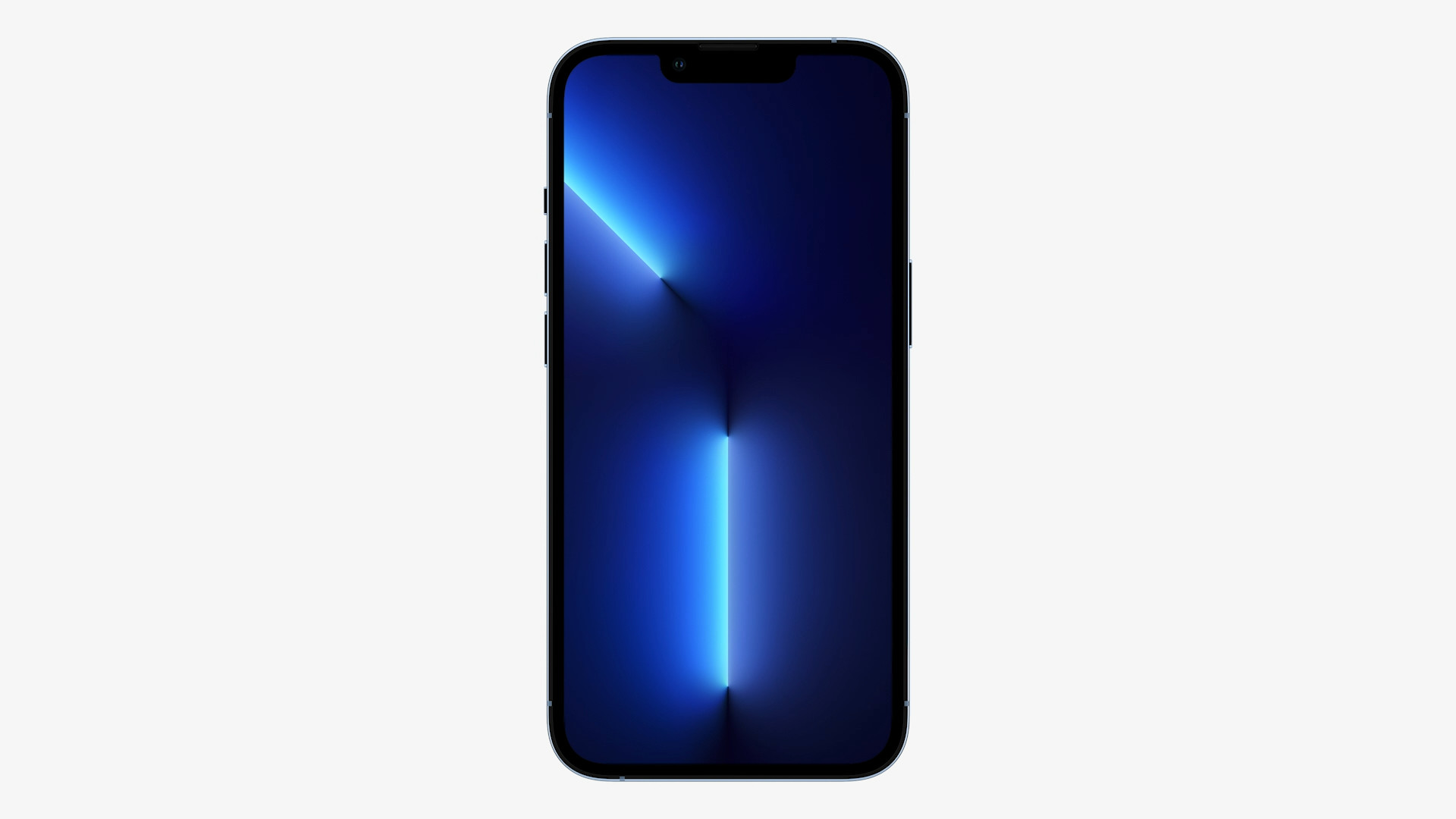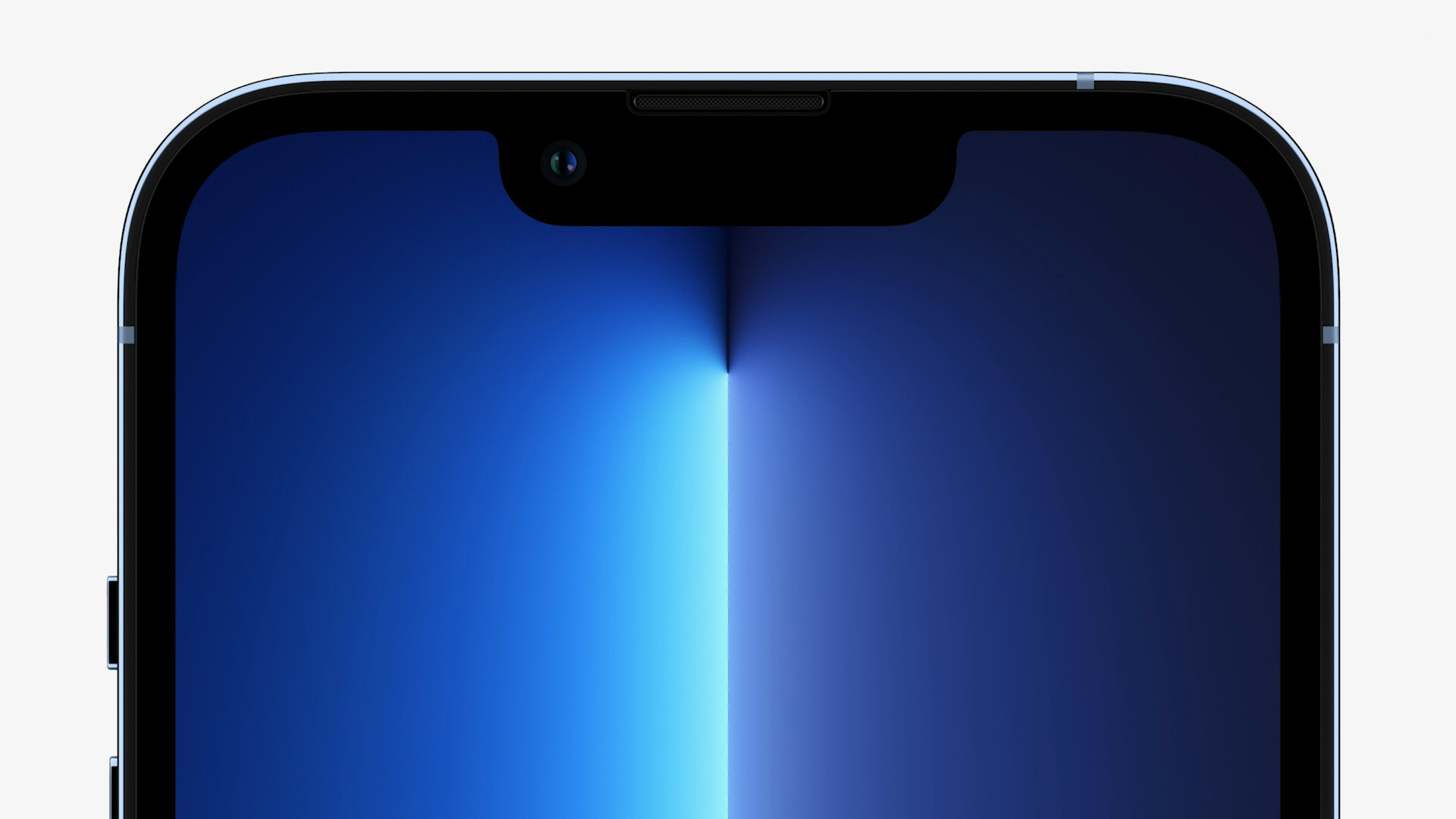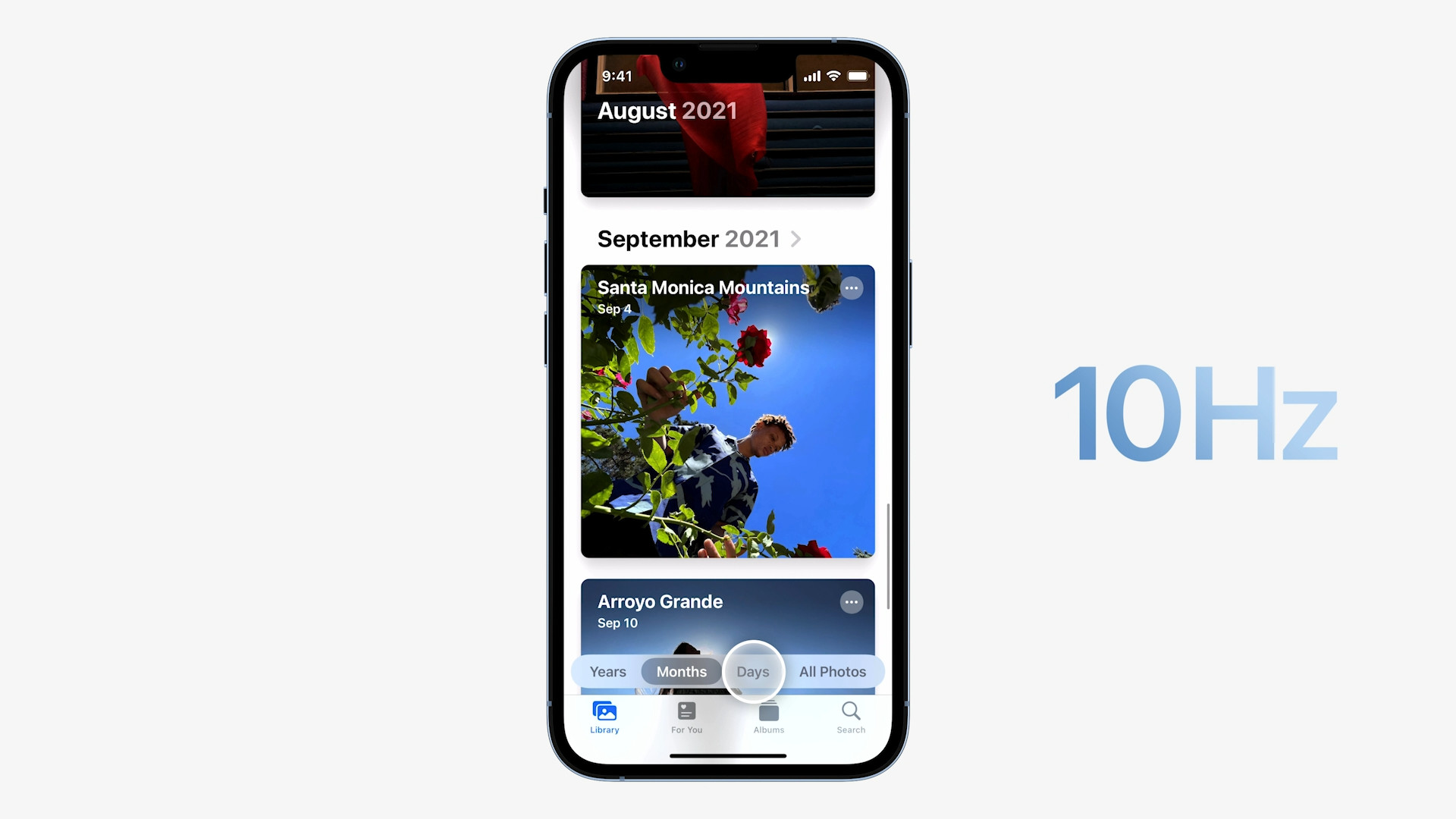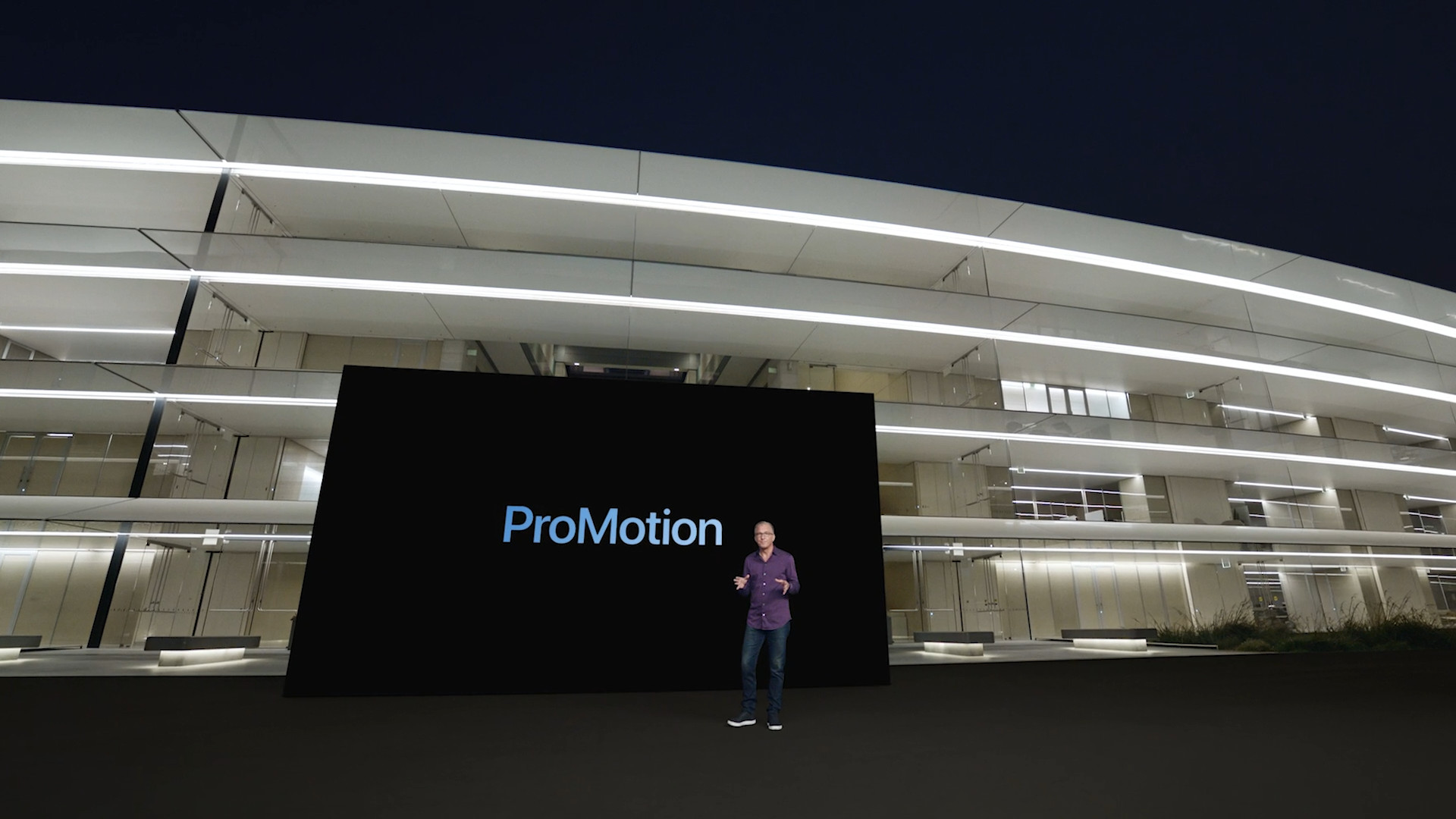The higher the display resolution, the better the user experience. Is this statement true? If we are talking about televisions, then certainly yes, but if we go to smartphones, it depends on their display diagonal. But don't think that 4K makes any sense here. You won't even recognize Ultra HD.
Only paper values
If a manufacturer releases a new smartphone and states that it has the highest resolution display, these are nice numbers and marketing, but the stumbling block here lies in us, the users, and our imperfect eyesight. Can you count the 5 million pixels on a 3-inch display, which is equivalent to Quad HD resolution? Probably not. So let's go below, what about Full HD? It's only got two million pixels. But you probably won't succeed here either. So, as you can see or not see, you cannot tell the individual differences apart.
And then of course there's 4K. The first smartphone that came closest to this resolution was the Sony Xperia Z5 Premium. It was released in 2015 and had a resolution of 3840 × 2160 pixels. You really couldn't see a single pixel on its 5,5" display. Two years later, the Sony Xperia XZ Premium model came with the same resolution, but it had a smaller 5,46" display. The joke is that these two models still reign supreme in the display resolution rankings. Why? Because it's not worth it for manufacturers to chase something that can't actually be seen, and users won't really appreciate it.
It could be interest you

Designation of resolution and number of pixels
- SD: 720×576
- Full HD or 1080p: 1920 × 1080
- 2K: 2048×1080
- Ultra HD or 2160p: 3840 × 2160
- 4K: 4096×2160
Apple iPhone 13 Pro Max has a display diagonal of 6,7" and a resolution of 1284 × 2778 pixels, so even this largest Apple phone cannot reach the Ultra HD resolution of Sony models. So if you shoot videos in 4K and you don't have a 4K TV or monitor at home, you practically have nowhere to play them in their full quality. Just like the pursuit of PPI, the pursuit of the number of display pixels is pointless. However, it is logical that the more the diagonals grow, the more the pixels will grow. But there is still a boundary that the human eye can see, and which therefore still makes sense, and which no longer. Because historically you won't find many phones with UHD on the market, other manufacturers have understood this as well.










 Adam Kos
Adam Kos